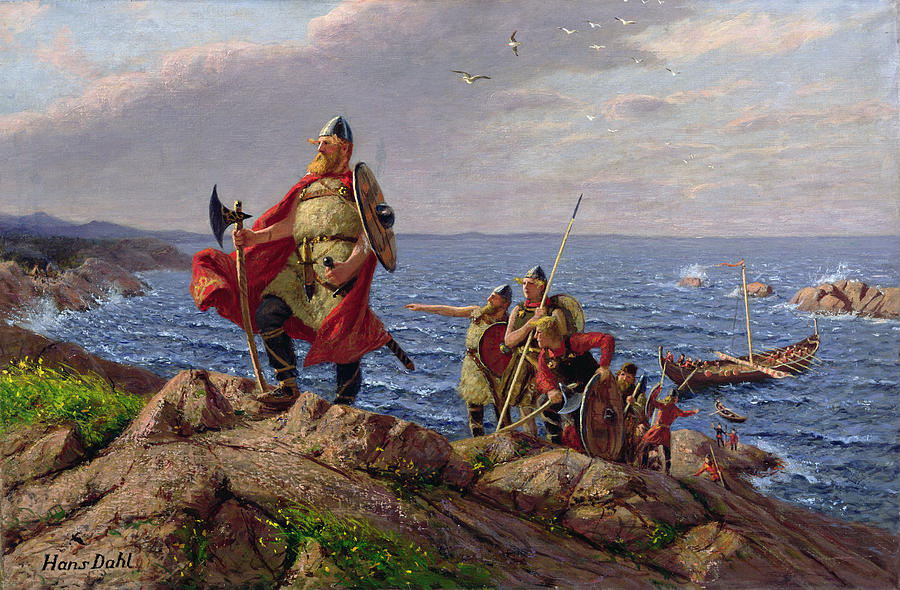When modern people hear the word “saga,” images may come to mind of brawny Vikings heroically battling giant sea monsters, pillaging and plundering their way across unknown land, and drinking mead in the eternal halls of Valhalla. However, what most people don’t know is that sagas were used as more than just vehicles of fiction.
The word “saga” itself is a cognate to the modern English and German words “say” and “sagen,” respectively, and means basically the same thing in Old Norse. The word means “what was said, story, history, statement, etc.” They were written in a prose style similar to the classical epic, but they were usually realistic in nature and were written on manuscripts as opposed to passed on through oral tradition.
Some notable sagas are the Vinland Sagas, which are a series of two accounts detailing the discovery of the Americas by Leif Eriksson. The two texts are “Eirik the Red’s Saga” and “The Saga of the Greenlanders” (The latter must be translated from Icelandic to be read. Google Translate supports Icelandic to English translation).
These sagas are of disputed veracity because they feature some discrepancies between their accounts of the chronicled events and because they were written many years after the events transpired. However, many recent historians are saying that the archaeological evidence of Viking occupation in Greenland, Iceland, and North America suggests that these accounts are factually based.


Leave a response